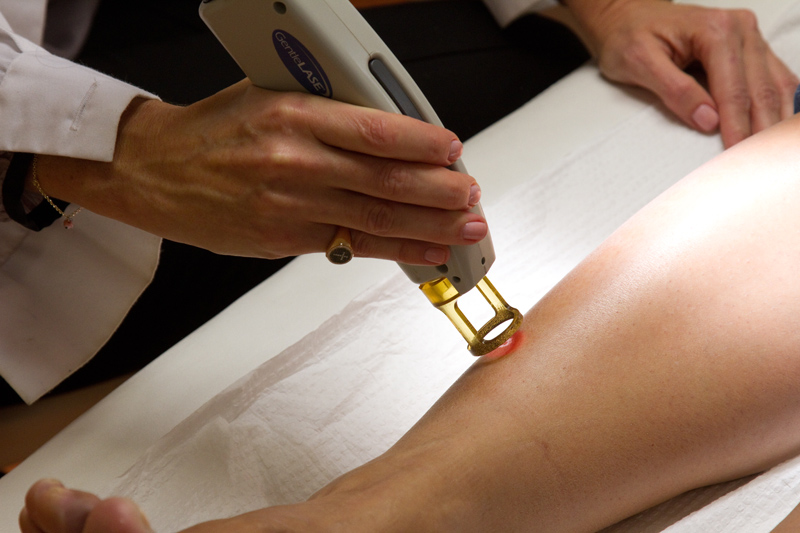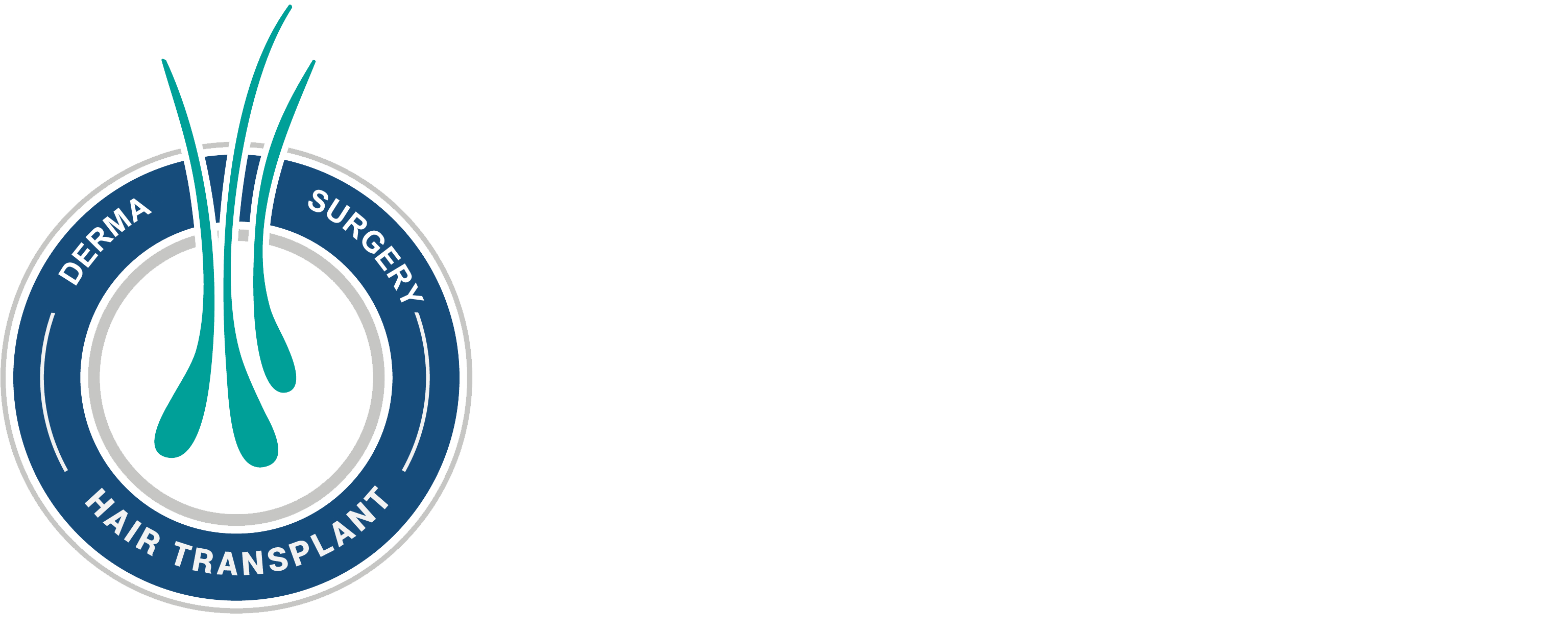Laser hair removal
Permanent hair removal using laser.
The constant developments of technology bring with them a new reflection, of the right choice. Where should you go, to a doctor, to a beauty center or is it done in the comfort of home with individual IPL devices?
Laser hair removal affects both women and men. A laser device emits evenly distributed light pulses on the skin. These light pulses penetrate the skin and react with melanin, which is found everywhere in the hair. The thermal reaction between the laser light and the melanin destroys the hair root, sheds the hair and then prevents the growth of new ones. From session to session the hairs grow thinner, slower and less until they are finally completely eliminated.
Laser treatment, hair removal at the doctor
Laser hair removal has many variations. The terms alexandrite lase, SHR, IPL and HPL are not easy to evaluate by the world. In general, the difference is in the intensity of each application, while SHR is the "strongest" method and can be applied correctly only by professionals, mainly doctors. If you want laser hair removal from a trained doctor, it will most likely be the SHR variant. Doctors have years of study, and experience in this field, can clearly manage some complications better, they also use professional equipment such as diode laser and this approach is the safest choice!

Laser hair removal
Laser hair removal is done through exposure to laser light pulses that destroy the hair follicle. The effectiveness of laser hair removal is now generally accepted in the dermatological community. Laser hair removal is widely used in clinics and even at home using devices designed for personal use. The principle of operation is selective photothermolysis (SPTL), matching a specific light wavelength and pulse duration to achieve the optimal effect on a targeted tissue with minimal effect on the surrounding tissues. The Laser can cause localized damage by selectively heating the melanin located in the area causing the hair growth, the hair follicle, while not heating the rest of the skin. Melanin is considered the main chromophore (target) for all types of laser hair removal on the market today. Melanin appears naturally on the skin, and gives the skin and hair their color. There are two types of melanin. Eumelanin gives brown or black color, while phaeomelanin gives blonde or red color. Due to the selective absorption of laser light photons, only black and brown hairs can be removed. Laser works best with dark thick hair. > Light skin and dark hair are the ideal combination for the best results, but the new lasers are now able to target dark hair in patients with dark skin with some success. In general, laser hair removal will permanently reduce the total number of body hairs, it will not lead to a permanent removal of all hairs. Laser hair removal is popular because of its speed and effectiveness, although these depend on the skill and experience of the operator, and the device chosen for this procedure.


